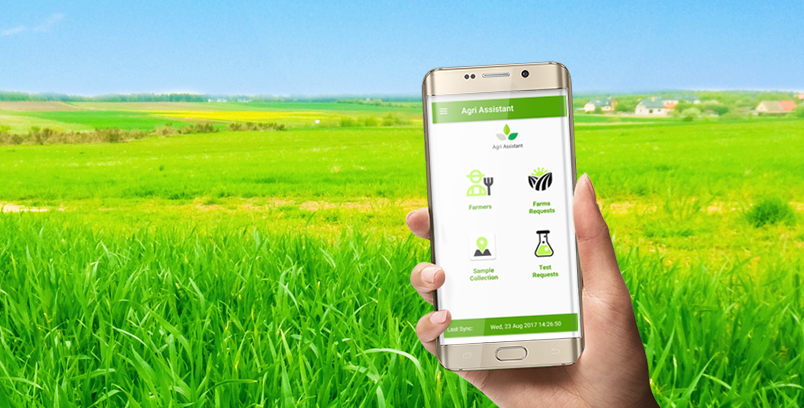Rapid advancements in technology have the potential to connect farmers to markets, close the information gap and enable informed decisions in emerging market countries. With the speedy adoption of smart phones, farmers can access education and information about a range of agricultural topics through smart phones and social media applications. It is possible to serve smallholder farmers and connect them to governments, large corporations and other resources.
Additionally, farming communities can exchange data with each other, and with agricultural experts, on best farming practices. Translation services on web browsers and smart phone applications can also help them access information in their select language. Benefits of connectivity to information technology include the availability and access to weather information, and geographical data.
Soil conditions can be monitored in combination with weather updates to decide what to grow, when to plant, fertilize and harvest crops. Access to information about the length of the growing seasons for crops, and the risks (e.g. floods and droughts) they might encounter during the farming spell are also availed to agronomists. Geographic data provides valuable information on pests and animal diseases, permitting farmers to evaluate their level of risk.
One of the main financial benefits of mobile technology is data about real-time pricing which allows farmers to decide whether to buy or hold, and identify the best crops to grow. Agricultural price information may help farmers sell their products at better prices, and provide reliable food price information to policy makers, preventing price volatility and speculation. Moreover, there is a preference to buy goods locally, reducing transportation costs.

Information Communication Technologies (ICT) can transform the Zimbabwean farming sector and benefit farmers, including small landholders. Agriculture is the most important sector, with the majority of the rural population in developing nations depending on it. Zimbabwe has a population of 15.5 million (World Bank 2015). 70% of the population is living in the rural areas (UNICEF, 2015) and are dependent on agriculture for food security and a livelihood.
By 2014 mobile phone subscription rate was 106% that was characterized by some dual Sims phones and multiple phone ownership, with 47.5% (6.1 million) internet subscribers of which 99% is accessed on mobile phones. Mobile phone subscription in the rural population was at 63% in 2013. The challenges of traditional agriculture are addressed considerably by using ICT that can play a significant role in elevating the livelihoods of the rural smallholder farmers.
The traditional methodologies of agriculture have numerous challenges in terms of production, marketing and profit, among others. There are a number of challenges to consider when designing the implementation of mobile technology. Perhaps the most important of these to consider is the context of the technology and the requirements of the end user.There is not one app or one device that will suit all situations in all countries. Some states can easily embrace tablets with advanced apps, while other nations may find data via SMS a better solution.
The technology does not have to be complex. There are several variables which could regulate the correct solution for an area. These include access to electricity, network coverage and bandwidth. The ICT skills of the people in the area must also be considered. Providing the technology is not enough in guaranteeing a sustainable project. Investment into training users and providing technology support is vital in making the most from ICT, and ensuring the projects continue to be effective.





